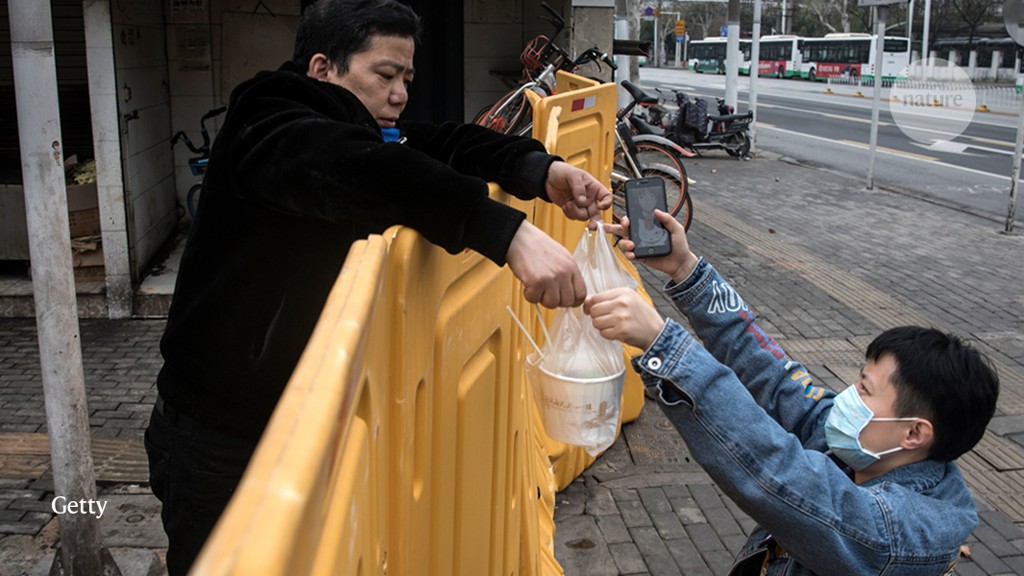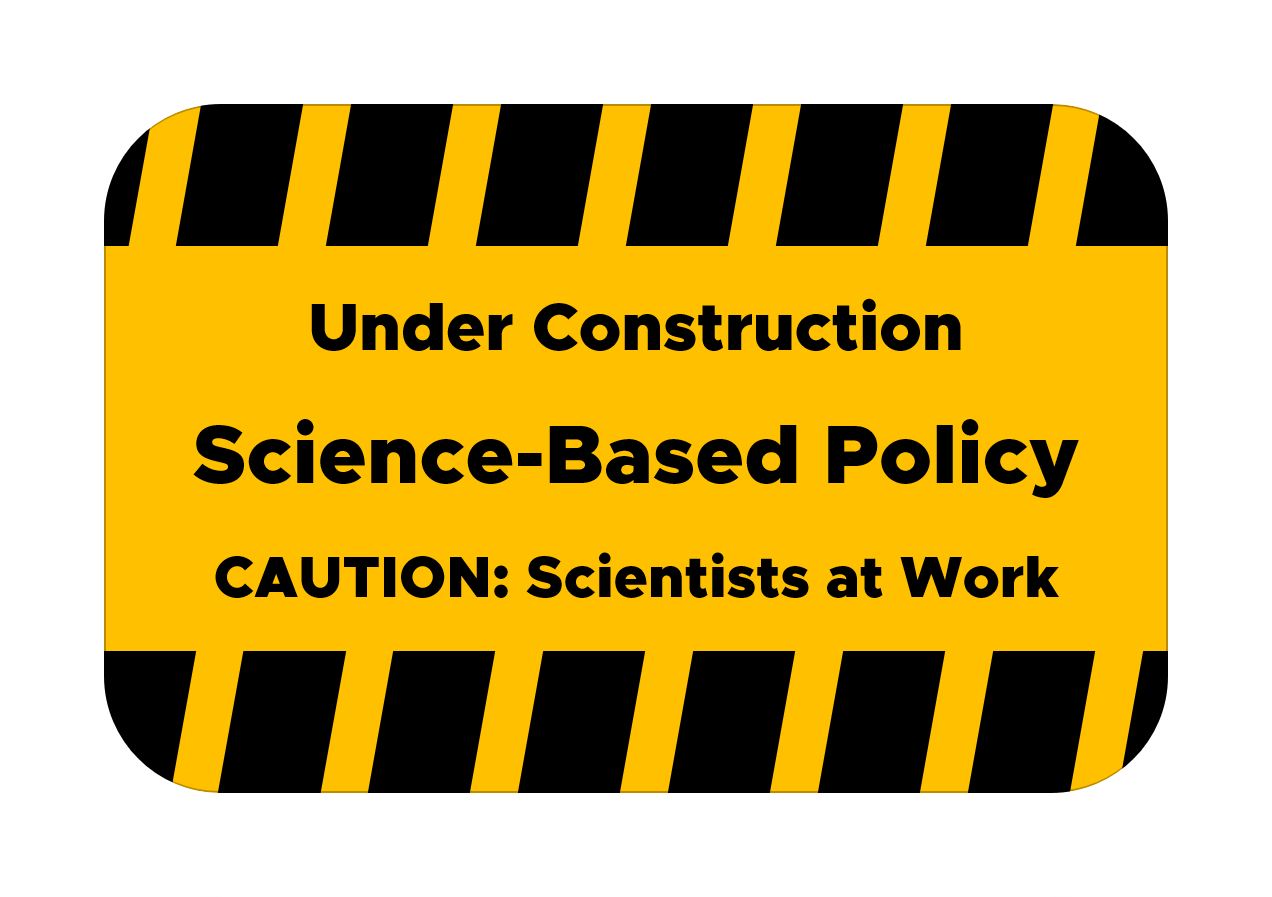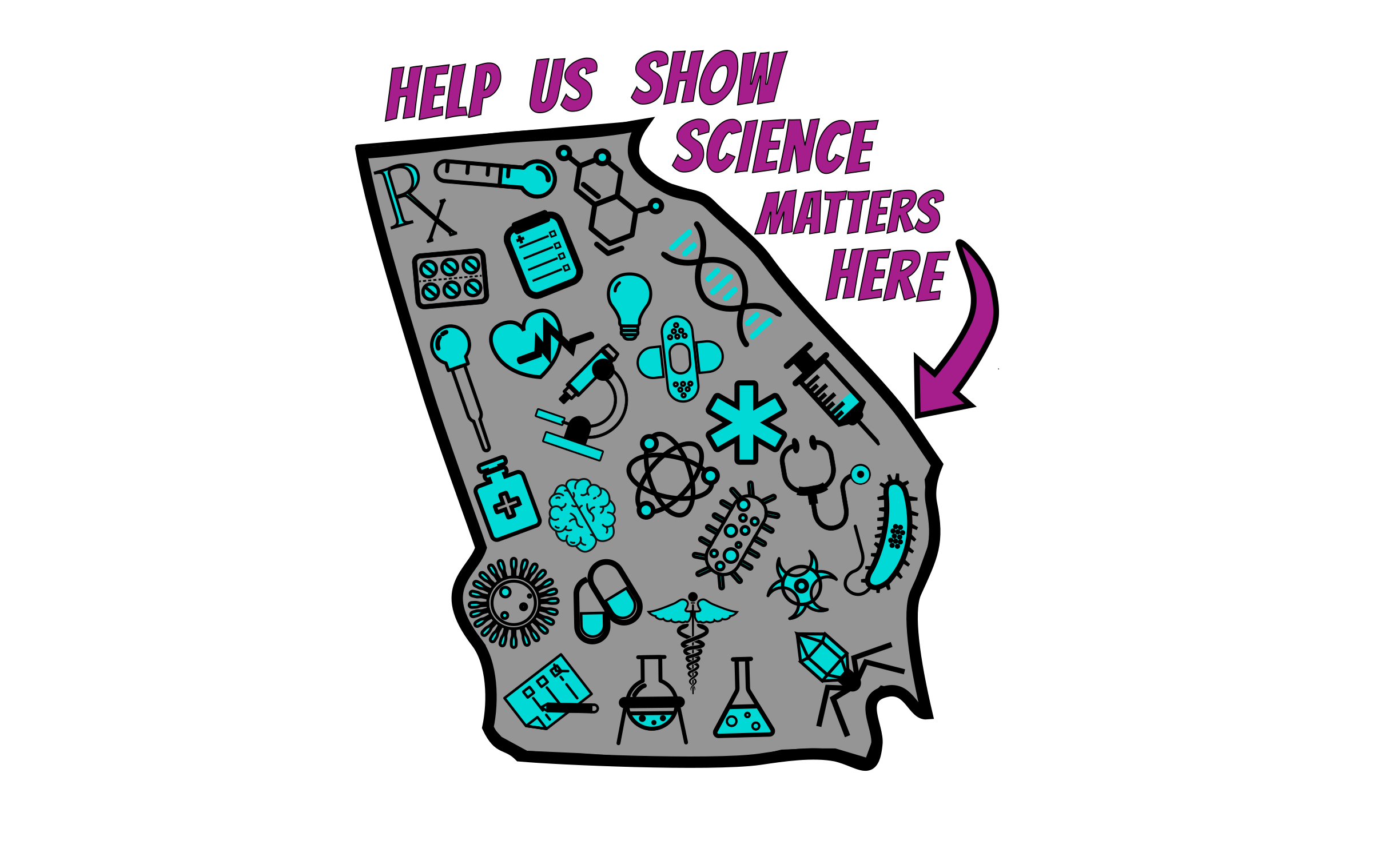January was a series of significant Wednesdays. Its hard to write anything else without mentioning…

Looking to the Future of Pandemic Response
In the past months, Covid-19 has exposed major gaps in the safety nets required to protect our society and how it can react during national crisis.
How did we get to this point? Could we have avoided much of the social insecurity, deaths and economic damage that are arising from this advancing pandemic? Despite their close proximity to the pandemic epicenter in China and high rates of international traffic, countries like Taiwan, Hong Kong and Singapore have contained viral spread much better. Each of these nations have managed to almost completely contain the virus from spreading, with highly increased testing and remarkably low death tolls. Even in early March, when the outbreak in China had reached nearly 80k with a death toll near 3k, these three nations had experienced only tens of casualties combined and confirmed cases numbering in the low hundreds.
The success of these three small nations seems to arise from two key factors. First, they have each rapidly responded to the threat. Each of these countries managed to quickly achieve testing capability per capita which surpasses most other nations. Rapid testing allowed them to quickly identify, track down and isolate known and suspected cases. Second, compared to western society, each of these nations was struck much harder by the SARS outbreaks in 2003. Both at the cultural and governmental level, many eastern nations have learned a hard lesson of loss, leading these countries to devise detailed plans to prepare for future outbreaks.
Taiwan, Hong Kong and Singapore have set an example that we can learn from and prepare for a better future. While all three nations boasted robust and well-tested national pandemic preparedness plans prior to Covid-19, Taiwan in particular has been touted for their adoption of a “whole-of-society” approach. Such an approach has long been recommended by the World Health Organization, CDC and many other public health officials and organizations.
To improve our national response, additional focused funding for appropriate agencies like the CDC and faster pathways to “sound the alarms” of national emergency would be a natural place to start. Overall, the United States response to early warnings was notably slow and dismissive. Our National Security Council previously included a committee whose purpose was to act as the “fire alarm” to alert the nation to potential national health emergencies. which would have sounded in this exact situation. Perhaps if this committee is reinstated or replaced, then the next pandemic may be better contained, and thousands of lives can be saved.
In general, Public Health Officials and organizations such as the World Health Organization and the CDC have long advocated for rigorous pandemic preparedness plans on a national level along with international partnerships. At the national level, these plans include the stockpiling of vaccines and medical supplies, supporting legislation for sick leave and providing cheap access to medical consultation. This goes alongside a “whole-of-society” approach which provides plans for the type of societal restructuring that has been brought about by COVID 19. At the international scale, additional connections should be developed for resource and research sharing.
Even with these precautions, catastrophic outbreak is still possible and very difficult to mitigate with generic “coverall” policies. For instance, it is not possible even for expert epidemiologists, to determine the most basic predictive estimates of outbreak strength and speed at early times. These early times are when such estimates are the most imperative, helping determine whether to shut down schools and whether to order complete shelter-in-place. Even in late-April, after months of COVID outbreak, over 2 million confirmed cases and over 150,000 reported deaths worldwide, the estimates of the fundamental number R_0 has not been confidently measured. This number is very important, as it represents the average number of new infections each COVID infection will cause and determines the long-term impact of the epidemic and consequently what government action is appropriate.
Some recent research suggests that the most effective government action in the face of a pandemic should be dynamic, rather than relying on a static response plan. Instead, the degree of federal and local government should be coordinated and continuously revised based on the currently available scientific data and the limits determined by current epidemiological models. Such responsive government action is only possible when an intimate connection exists between the scientific community and high-level policymakers. Trustworthy channels must be developed for the current data and scientific forecasts to be communicated to the highest branches of government. And vice versa, the government mechanisms must foster and encourage these connections to stay active and state-of-the-art. Grassroots development of these types of responsive scientist networks has been the ongoing mission of Science for Georgia.
However, at the core of the slow response in the United States, we have a cultural problem. Our nation is struggling with a widespread distrust for scientists and hard scientific evidence. Much of our population has still not adopted any measure of social distancing, guided by an internal voice that says, “everyone is overreacting”. Following the fear-mongering news outlets and the public entities who situate themselves as a voice of reason while simultaneously claiming scientific results as conspiracies and hoaxes has produced an almost involuntary reflex of doubt and dismissal for a large fraction of the population. Battling this trend and preventing future disasters is at the core of the mission of Science for Georgia. We encourage all those affected and concerned over the current predicament to remember that science should be taken seriously for the health and welfare of ourselves and our families. Help make sure that this lesson is learned by spreading the word and advocating for science.



